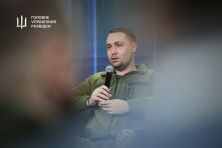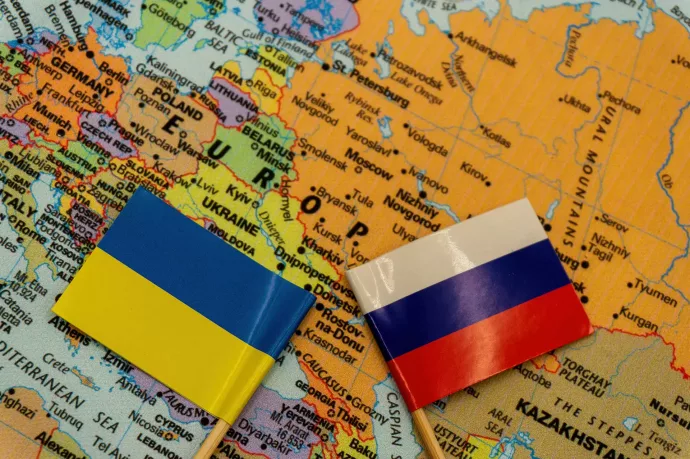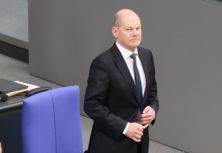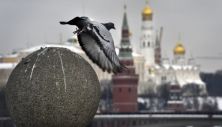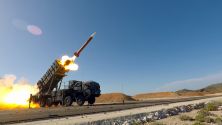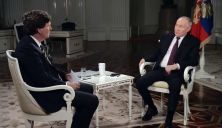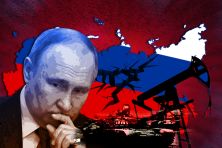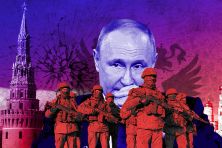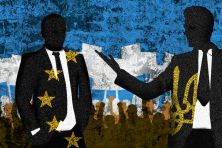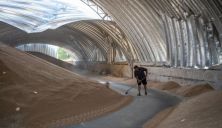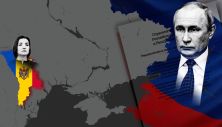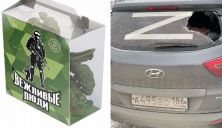Lessons of the Holodomor of 1932-1933
This year, on November 26, Ukraine commemorates the victims of the Holodomor (Famine of 1932-1933)
The Holodomor was a crime of genocide against Ukrainians, and now Moscow is once again waging a genocidal war against Ukraine.
Just as now, 90 years ago, Moscow sought to break Ukraine’s ability to resist with genocide, to “adjust” Ukrainians in order to be able to use them as a demographic resource in the future.
The Holodomor took place under conditions of occupation and total control of Moscow over Ukraine. It became possible only after Ukrainians lost their own statehood, the Ukrainian People’s Republic.
Russian occupation is a prerequisite for genocide. That is why Ukrainians and the world must make every effort to liberate the temporarily occupied territories.
Ukrainian statehood and the army are the main guarantee of Ukrainians’ security. Russia cannot commit genocide where its bloody hands cannot reach.
The world honours the victims of the Holodomor together with Ukraine. In November, the parliaments of Ireland and Moldova recognized it as genocide of the Ukrainian people, and the Romanian parliament called the Holodomor a crime against humanity and the Ukrainian people.
At the same time, Russia continues to deny the crime; in the temporarily occupied territories of Ukraine, it is dismantling memorial objects dedicated to the Holodomor. Thus, the occupiers not only continue the work of the organizers of the Holodomor, but also stand in solidarity with them.
Propaganda of war with NATO in Russia
The main military and political department of Russia’s MoD prepared and sent a document to the troops, entitled “Conclusions of the War with NATO in Ukraine,” in which it is not Ukraine but NATO that is defined as Russia’s adversary.
The claim that Russia is already at war with NATO is manipulative and false, because:
❖ Ukraine is not a member of NATO, and article 5 on collective defence does not apply to it;
❖ there is no “NATO base” in Ukraine;
❖ NATO does not plan and does not command operations in Ukraine;
❖ it is not soldiers of NATO armies fighting and dying in Ukraine (apart from some foreign volunteer soldiers who no longer serve in their armies and do not hold high positions in the ranks of the Ukrainian defence);
❖ the “Polish mercenaries” described by Russia multiple times are mostly Ukrainians speaking Ukrainian, a language that Russians don’t understand.
NATO helps Ukrainians fight back against Russian aggression by providing resources and diplomatic support, but it is the Defence Forces of Ukraine that fight the enemy directly.
In the war with Ukraine, Russia has already suffered shameful defeats. The potential real involvement of NATO in the war would leave no chance for the Putin regime.
Russian propaganda is trying to hide the shame of its defeats against a smaller enemy by lying about a “war with NATO.”
To compare, Russia has been fighting against Ukraine since 2014, since the so-called “DPR” and “LPR” have been nothing but a smokescreen for Russia’s hybrid aggression. The armed formations of the pseudo-republics were completely created, equipped, managed and partially staffed by Russians, and acted in the interests of Russia.
The difference in the behaviour of Russian and Ukrainian troops
The arrival of the Russian invaders, as long as it was physically possible, was met by Ukrainians with protest actions, blocking of convoys and forceful resistance.
Ukraine’s return of control over territories previously occupied by the Russian Federation is a real liberation, and this is how the absolute majority of residents of these territories perceive it, joyfully meeting their liberators.
The military tactics of Ukrainian and Russian troops are strikingly different. The Russian occupiers destroy everything in front of them with massive artillery and missile shelling. Ukrainian liberators, on the other hand, carry out highly precise strikes on military targets alone.
For the Russians, the captured territories are only a resource base and a platform for continued aggression, and the local population is hostages. The occupiers cannot even learn the correct names of the territories they captured, coming up with phrases like “Dombas” or “Herichevsk” (actually Donbas and Henichesk).
The Ukrainian army is returning rule of law, security, freedom and everyday comfort to the liberated lands.
Fleeing, the Russian invaders loot the occupied territories and their inhabitants, leaving behind a “scorched earth.” When Ukrainian liberators return, they immediately begin to restore infrastructure and provide humanitarian aid.
The Russian aggressors are taking revenge on the liberated Ukrainians for their defeats, shelling civilians in Sumy Oblast, Kupiansk, Kherson, etc.
Read also: Ukraine’s Energy Minister discusses assistance to Ukraine’s energy sector with Japanese Ambassador
